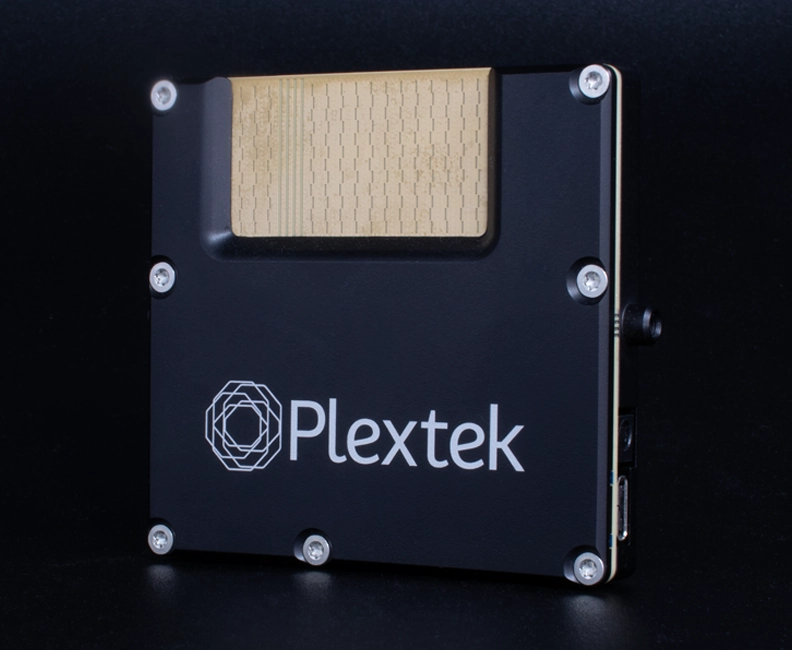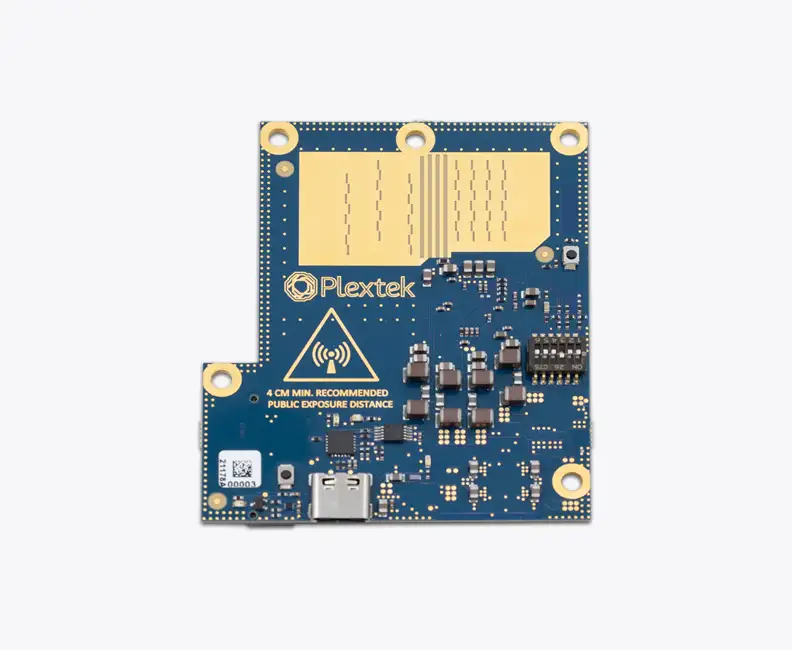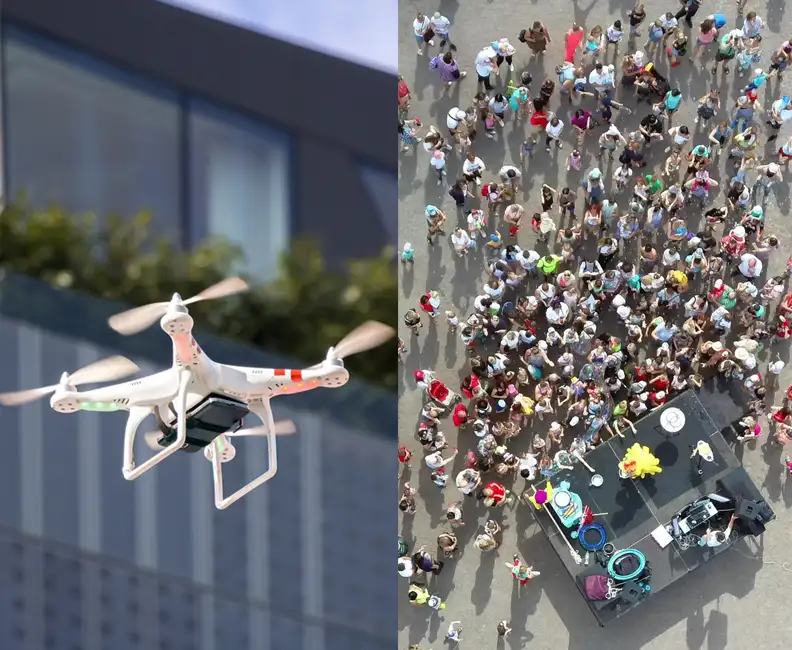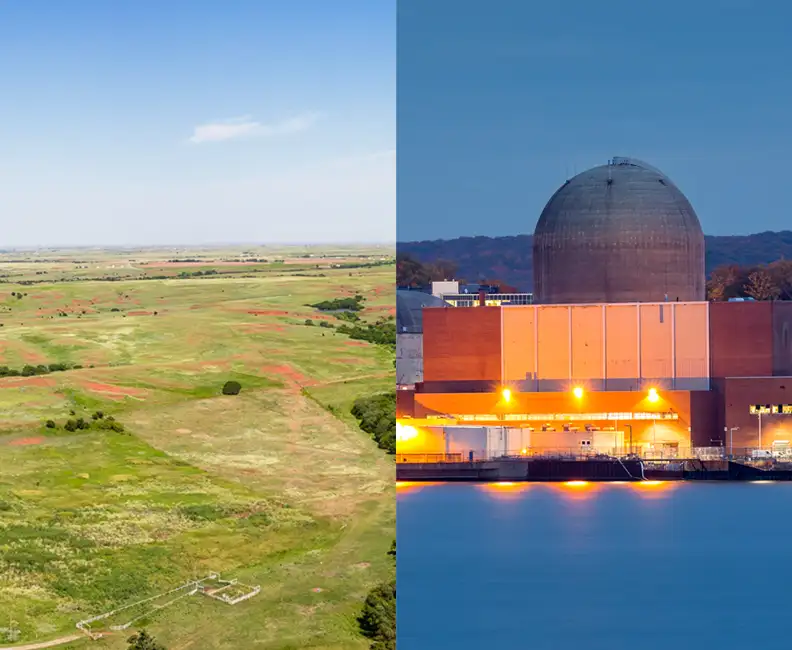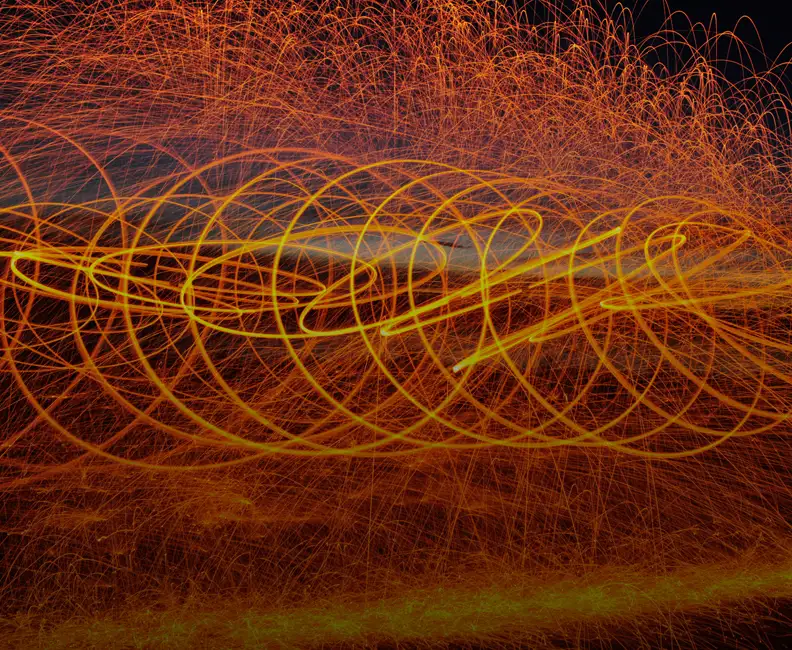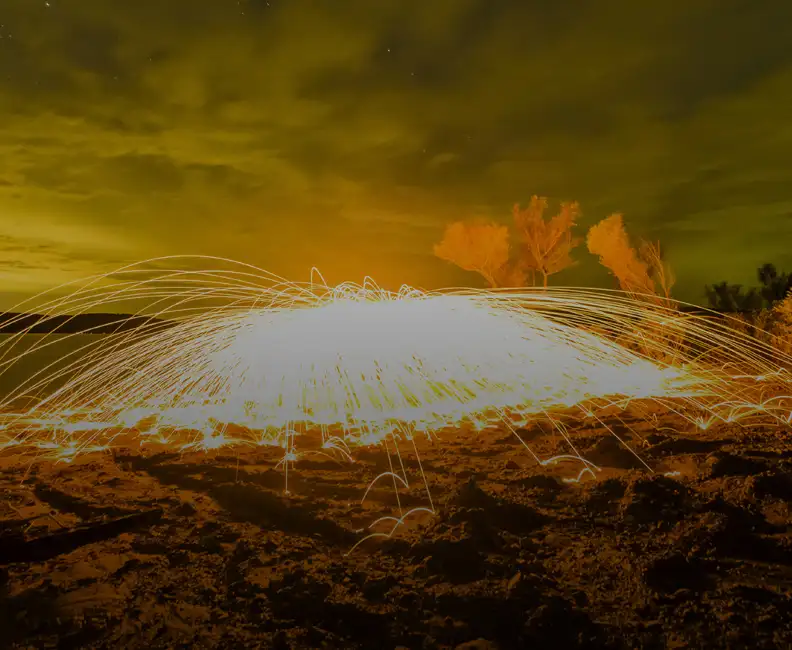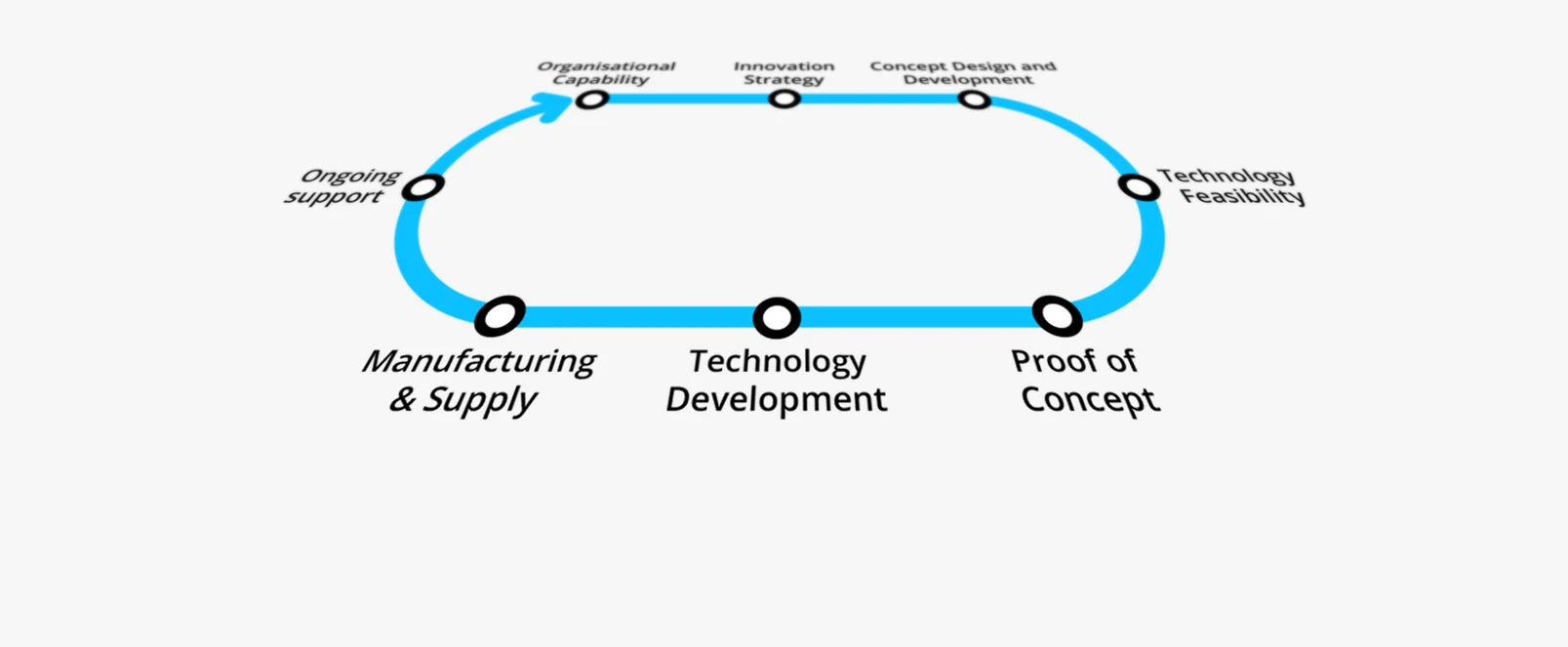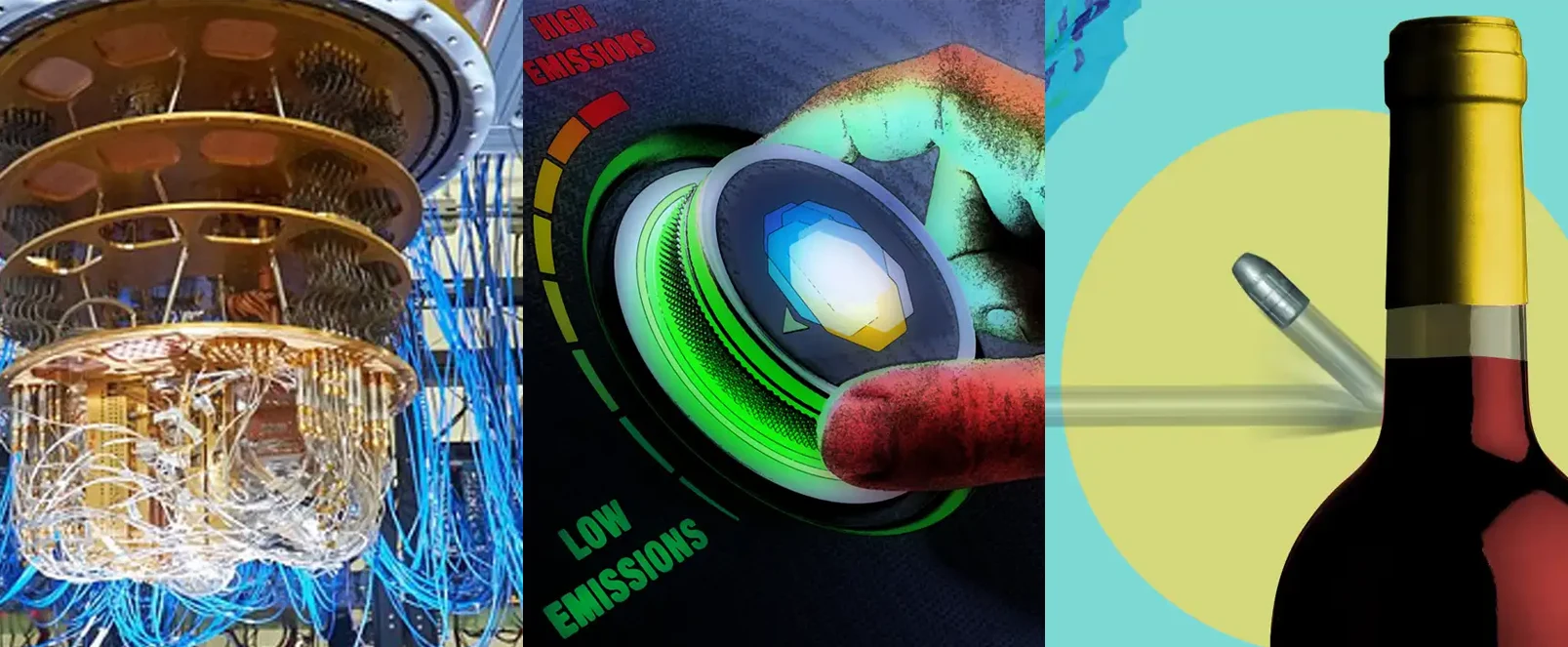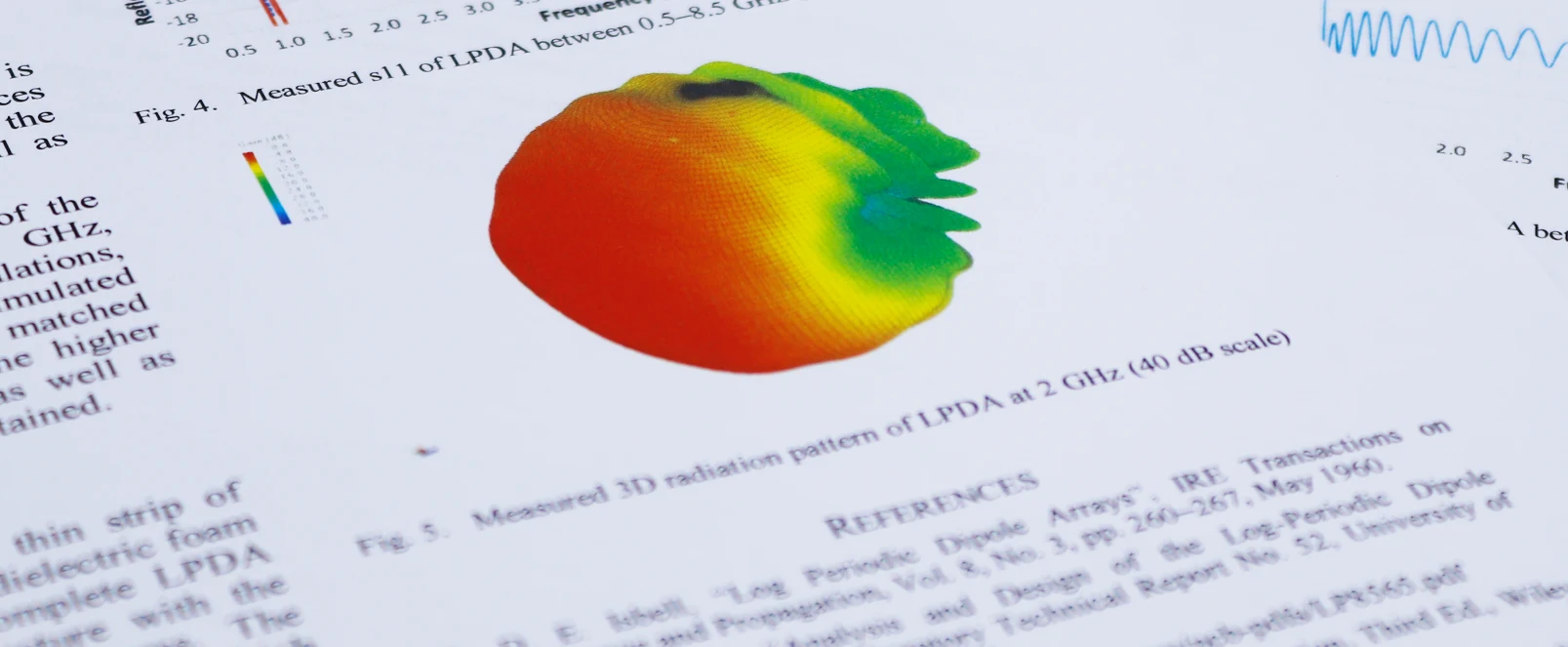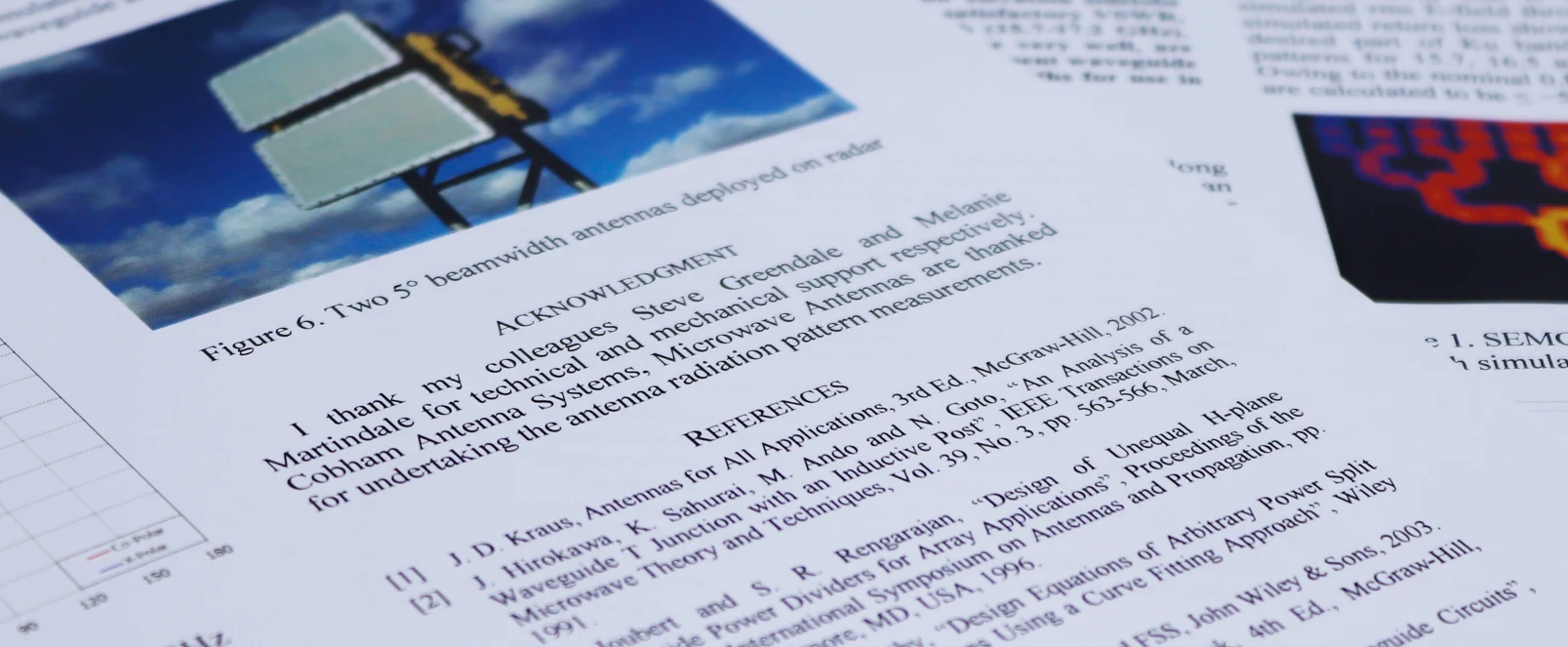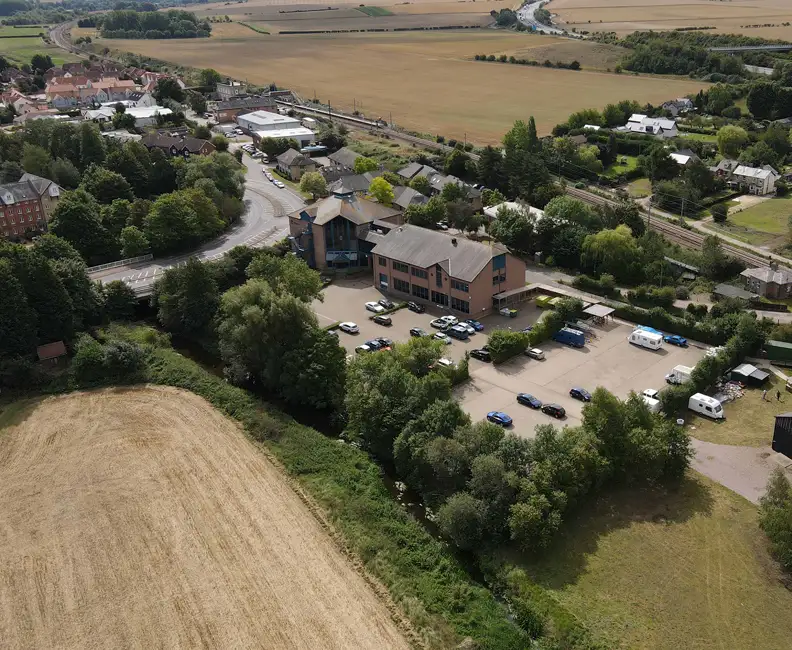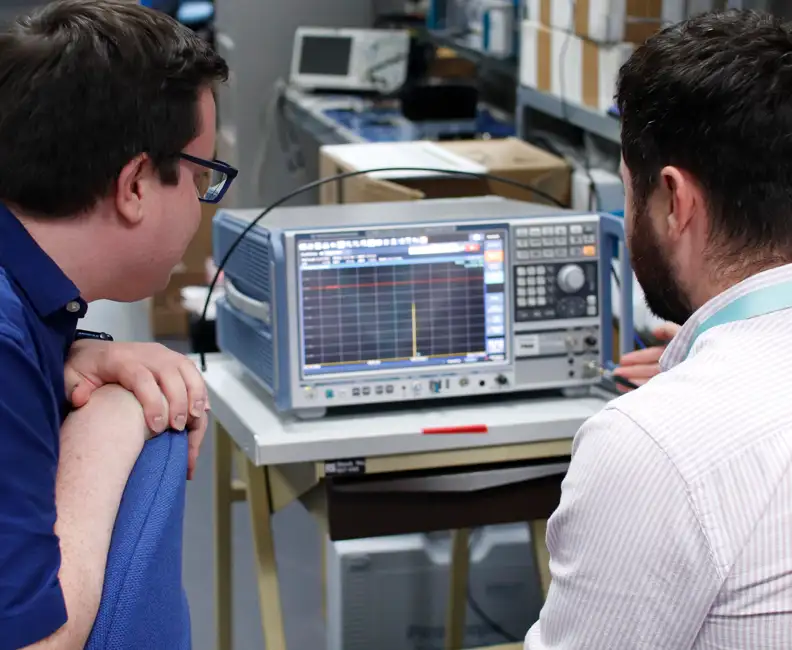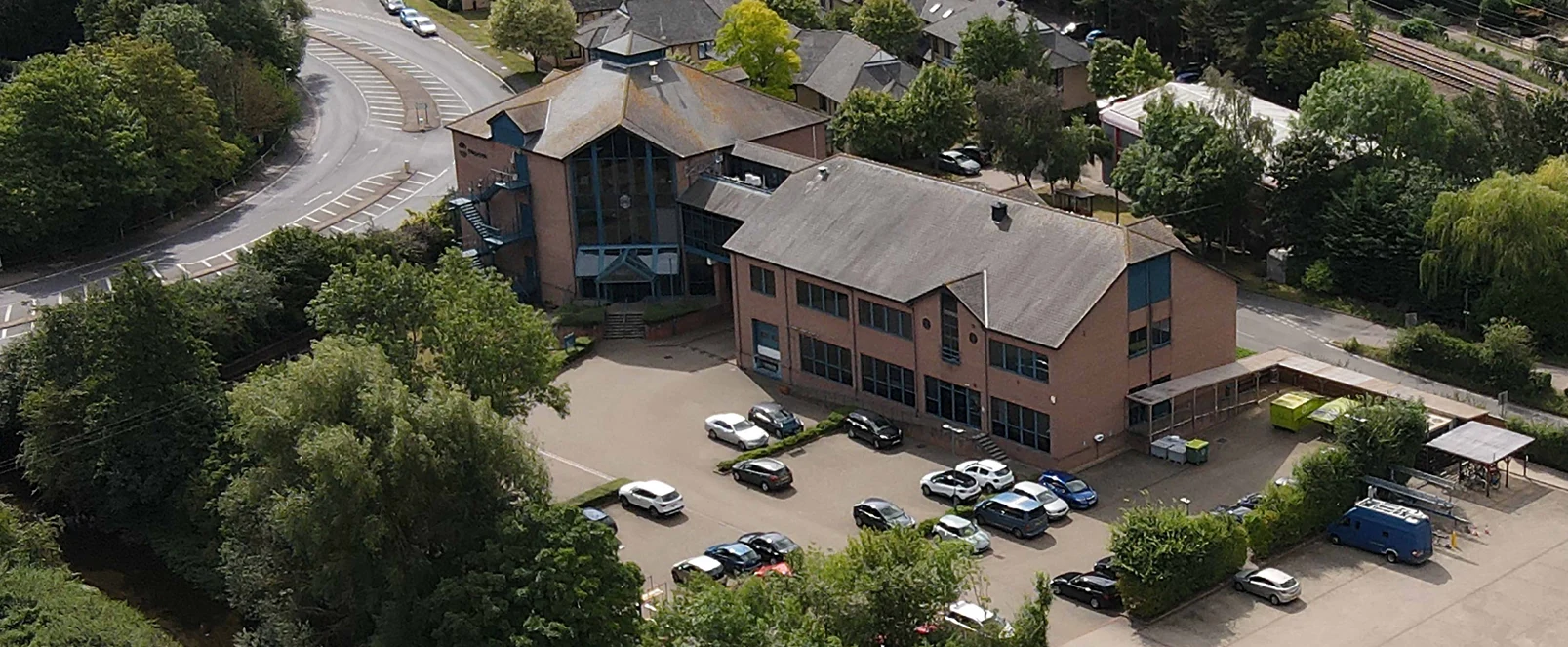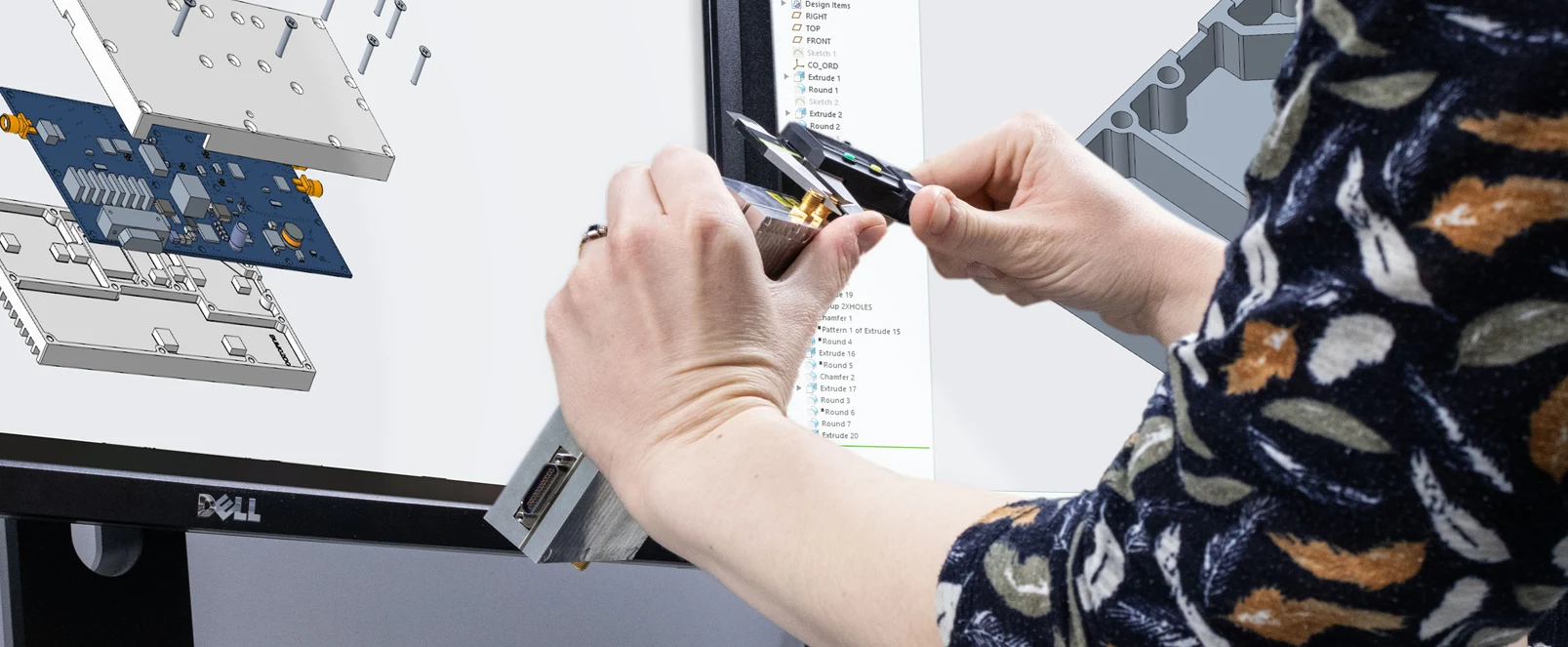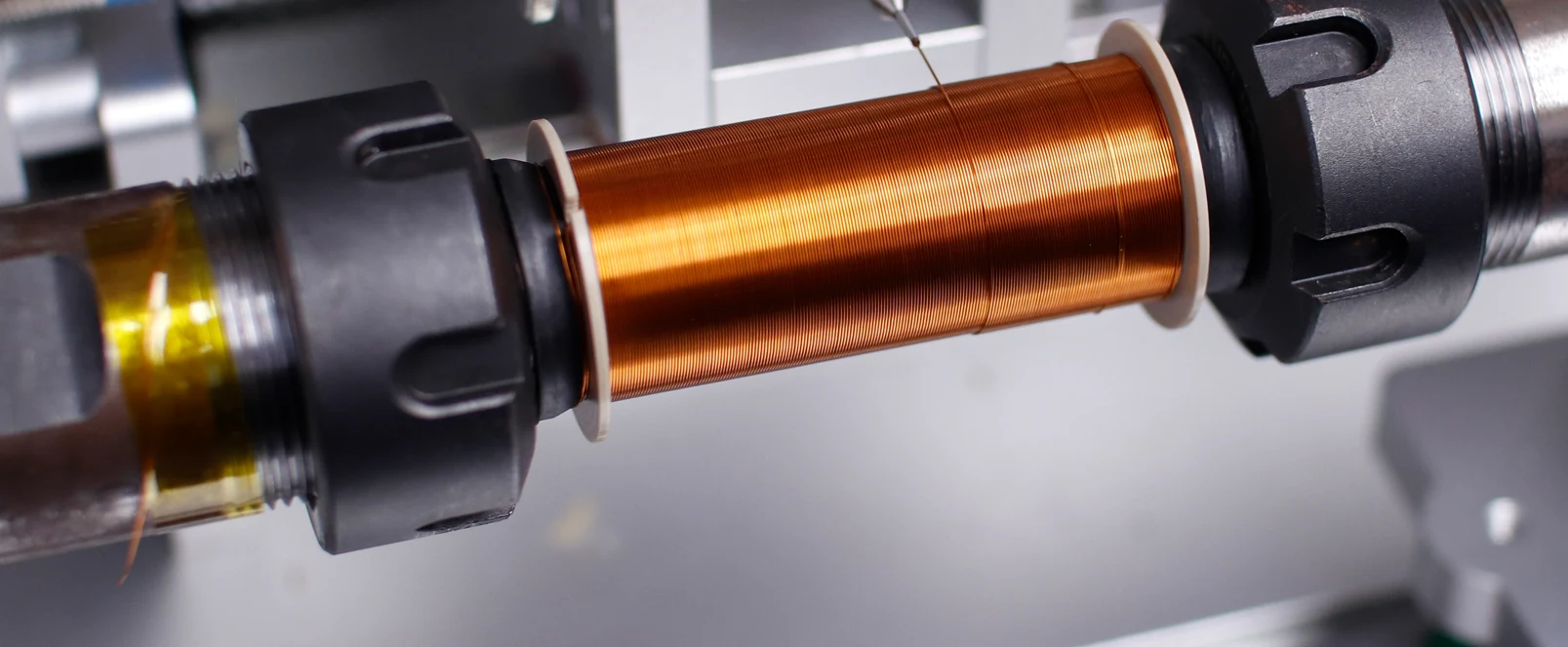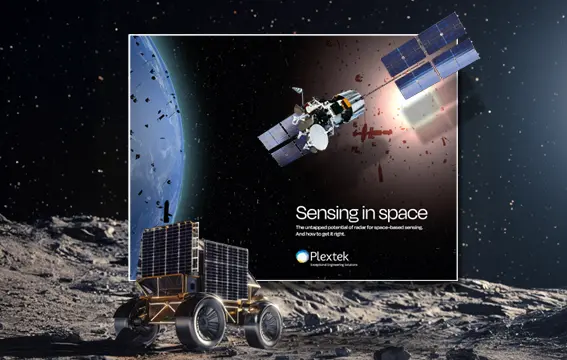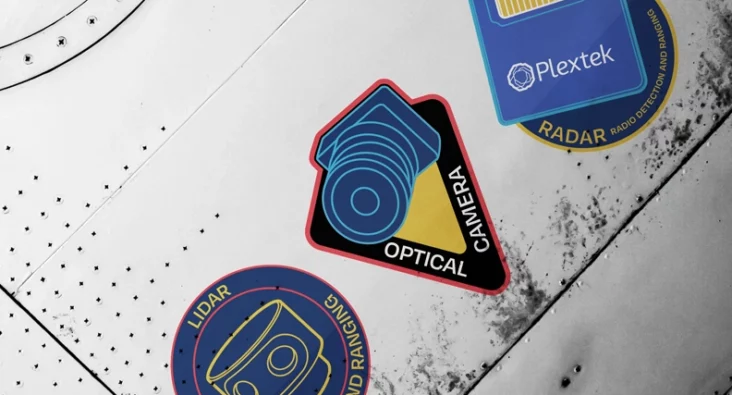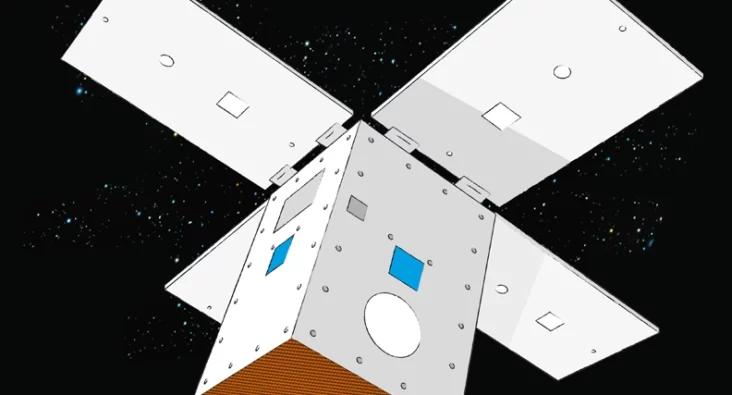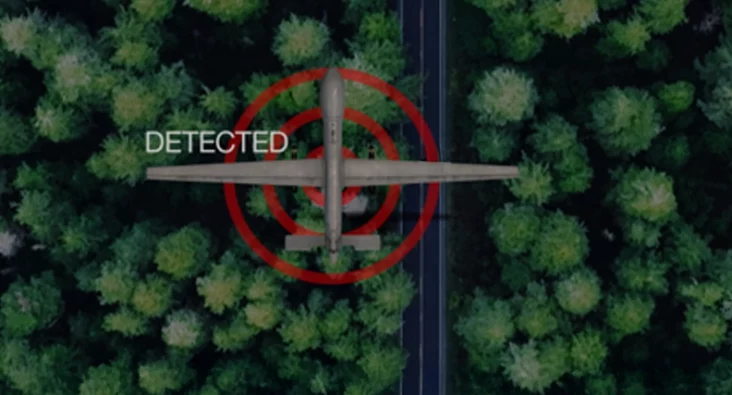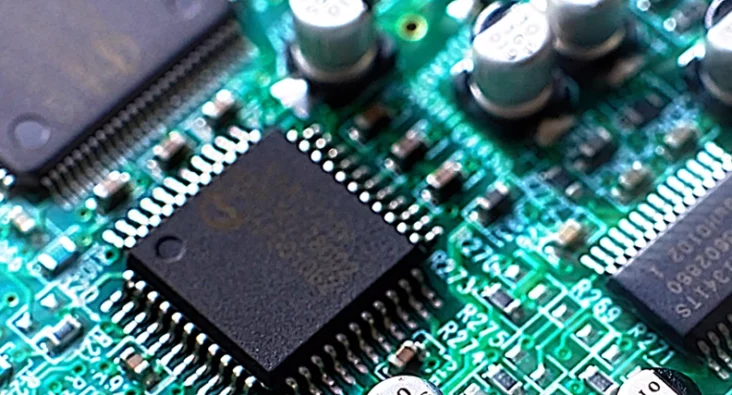
Written by Richard Jacklin
Commercial Lead – Space & Satellite
How radar works
We’ll start with a simple explainer of radar sensing feel free to skip this part if you are already a radar expert, and head straight to space sensing – why radar wins.
Imagine you are standing in a pitch-black room, firing rubber balls in every direction. Some will hit surfaces that bounce them straight back at you. If you know the speed and direction of the ball, and you time how long it takes to hit you (and you are good at mental arithmetic), you could work out the positions of the rebounding surfaces. Taking all those data points, you could build up a picture of the room around you.
Radar sends out electromagnetic (EM) waves rather than rubber balls, but the principle is analogous – we measure the reflections and use it to calculate the position of objects relative to the radar.
We can be more accurate than our ball firer, measuring precise positions of objects, and even features on objects, in some cases down to millimeter accuracy. We can even measure how the object is moving by looking at frequency changes in the returned wave, known as Doppler shift.
All of which of course needs a very precise signal, very precise measurement, and carefully designed algorithms that turn information embedded within the electromagnetic waves into actionable data on what is being seen, for by humans or machine decisions.
The anatomy of a radar
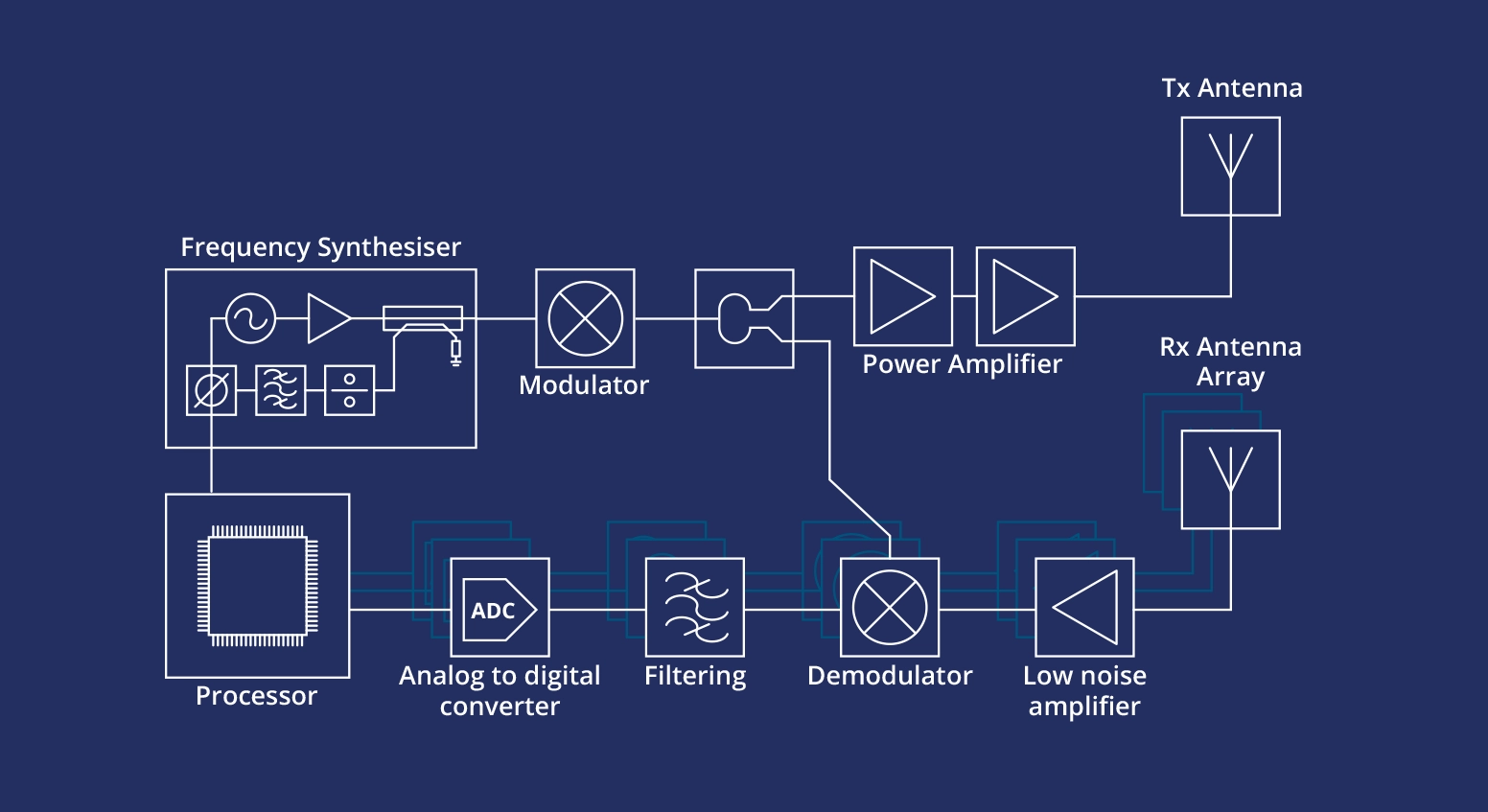
Ready to explore what radar can do for your application?
From concept to deployment, our team has deep expertise in designing radar systems that deliver exceptional performance whilst meeting stringent requirements for size, weight, power, and cost.
Let’s discuss how radar technology can work for you: Get in touch









